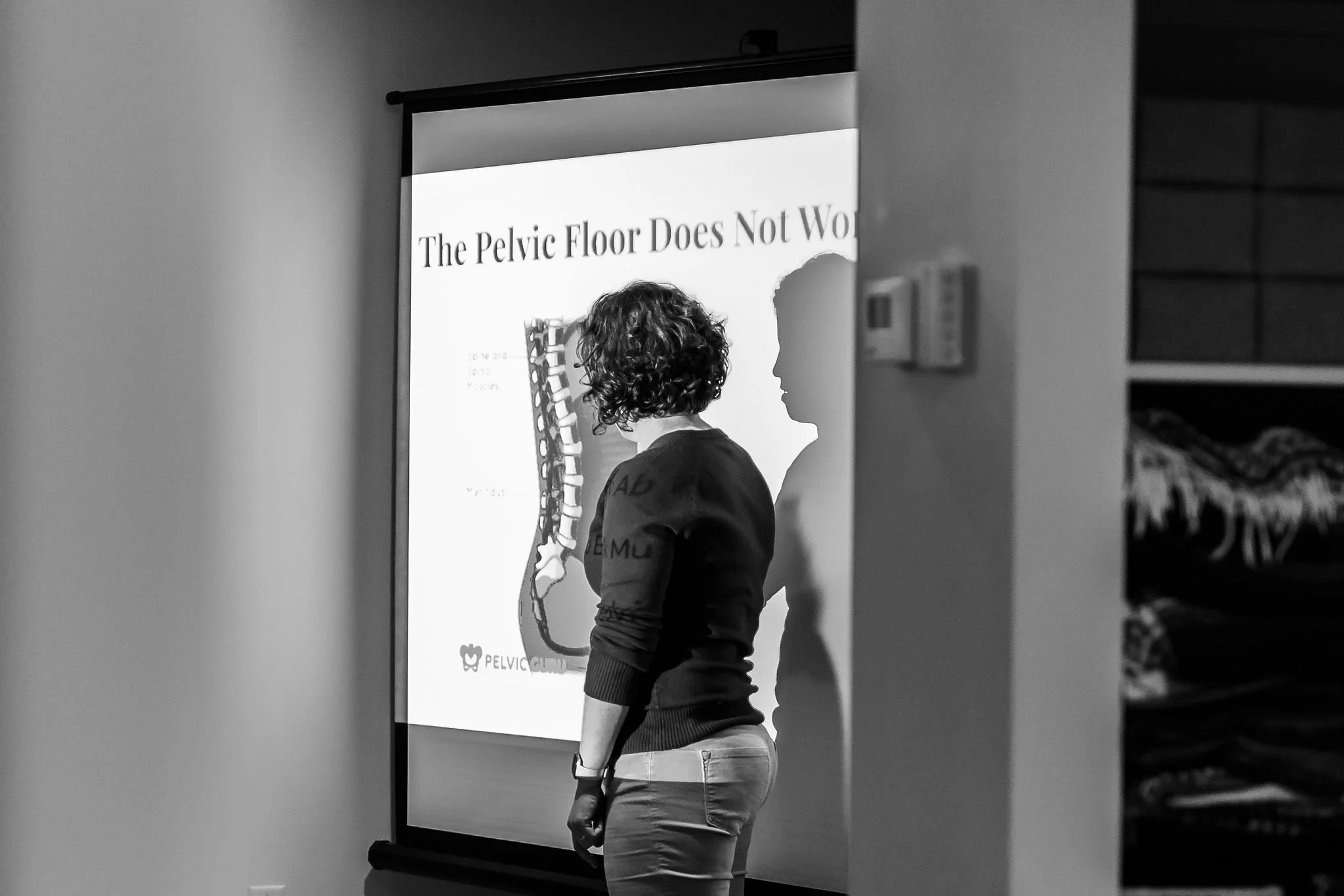Understanding Pelvic Organ Prolapse (POP): A Pelvic Health Physical Therapist’s Perspective
If you’ve been experiencing a feeling of heaviness or pressure in your pelvic area, you might be dealing with pelvic organ prolapse (POP). As a pelvic health physical therapist, I see many women who are unaware that this condition affects 1 in 2 women worldwide. Pelvic organ prolapse occurs when one or more pelvic organs shift out of their normal positions and into the vaginal canal due to the weakening of the pelvic floor muscles.
What Causes Pelvic Organ Prolapse?
Vaginal childbirth and menopause are two of the most common causes of pelvic organ prolapse. However, it’s not just these life events that can lead to POP—other factors like chronic coughing, heavy lifting, abdominal surgeries, and chronic constipation can contribute as well.
Common Symptoms of Pelvic Organ Prolapse
Many women with prolapse are asymptomatic and may not even know they have it. However, for those who do experience symptoms, they can vary widely. Some of the most common complaints include:
- Heaviness or pressure in the vagina: This sensation often worsens as the day progresses.
- Feeling “different” down there: A noticeable change in the way your pelvic area feels.
- A sensation of “sitting on a golf ball”: This can be one of the more unusual but telling signs of prolapse.
- Extra tissue in the vaginal opening: Some women notice a visible or palpable bulge.
- Difficulty inserting or keeping a tampon in place: A symptom many women recognize but may not connect to prolapse.
- Needing to splint during bowel movements: Some women find they need to apply pressure near or in the vagina to assist with bowel movements.
Managing Pelvic Organ Prolapse with Physical Therapy
Although the term “prolapse” can sound intimidating, there is good news: research strongly supports pelvic floor physical therapy as an effective treatment for POP. Physical therapy not only focuses on strengthening your pelvic floor muscles, but it also helps coordinate these muscles with the rest of your body, particularly when it comes to functional movement patterns like lifting or bending.
Beyond that, pelvic floor physical therapy is not just about doing Kegels. I take a holistic approach, looking at your entire body and considering your daily activities and habits. Correcting posture, improving breathing patterns, and addressing lifestyle factors are just as important as strengthening your pelvic floor muscles.
You Are More Than Your Pelvic Floor
I believe in treating you as a whole person, not just your symptoms. When you come to pelvic floor physical therapy, together, we’ll discuss your concerns, understand your lifestyle, and work to develop a personalized plan that aligns with your goals. Whether your aim is to reduce symptoms, improve functional movement, or regain confidence in your body, you’ll receive the tools you need to manage your pelvic organ prolapse effectively.
Take the First Step Toward Relief
If you suspect you might have pelvic organ prolapse, or if you’ve already been diagnosed, know that there are options beyond surgery or living with discomfort. With the right guidance and support, you can regain control and manage your symptoms with confidence. Pelvic floor physical therapy is here to help you take that first step toward relief and long-term wellness.
Reach out today to schedule an evaluation and start your journey towards managing your prolapse with confidence. You deserve to feel strong, supported, and in control of your body!

